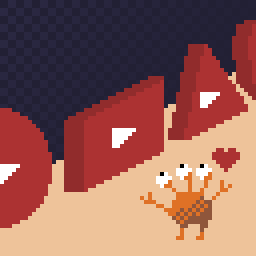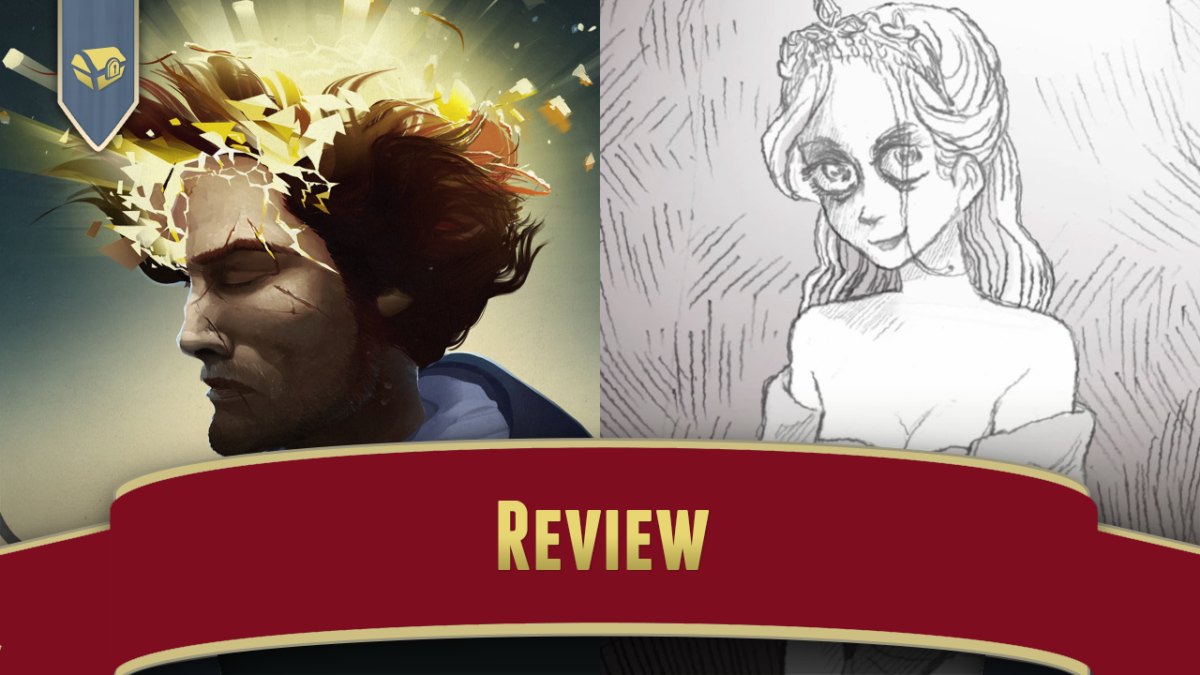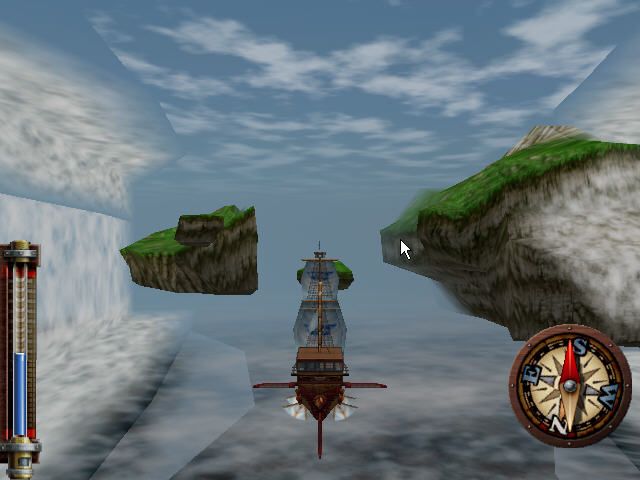
Sundry Sunday is our weekly feature of fun gaming culture finds and videos, from across the years and even decades.
The Splatoon series has a lot of great music, usually composed along the lines of squishy voices shouting gibberish, which makes sense due to the singers being squid, or other forms of aquatic life.
One of the songs in Splatoon 3’s single-player campaign is Seep and Destroy, which has gotten the fan name of Bang Bing due to a specific frequently-heard vocalization within it.
nathors made an animation (2:46) that has no sea life at all, but fits really well. It imagines the song as backing a civilization of Easter Island heads, who get abducted by a planet of robots, and then they fight their way onto a spaceship and back home. It’s fun! It’s here:



